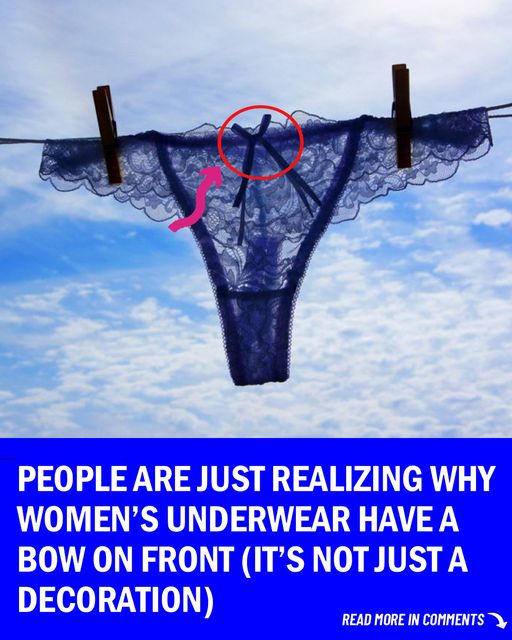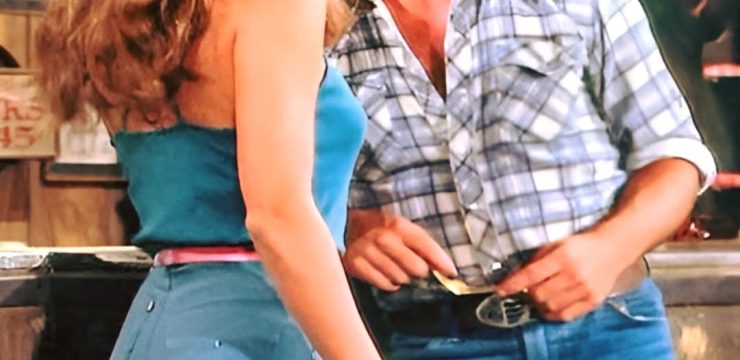Why Women’s Underwear Has a Bow on the Front: The Practical and Historical Reasons Behind the Design
Have you ever noticed that many styles of women’s underwear have a small bow on the front? It’s a subtle, decorative touch, but have you ever wondered why it’s so common? While the bow may seem like a simple aesthetic feature today, it actually has an interesting historical and functional origin that dates back centuries. The placement of a bow on women’s undergarments has evolved over time, but its roots are firmly grounded in practicality.

To understand why women’s underwear often has a bow on the front, we have to go back to a time before modern conveniences like elastic waistbands existed. In the days before stretchy materials became common in clothing, women’s undergarments were kept in place using ribbons or drawstrings. These ties were crucial because they helped ensure the underwear fit snugly and wouldn’t slip down or shift during the day.
The bow, therefore, wasn’t just a cute decoration—it served a very practical purpose. It was the knot tied at the front of the garment to keep everything secure. Before the invention of elastic, women needed to manually tie their underwear in place, much like how you might tighten a drawstring on a pair of sweatpants today. The bow on the front made it easy to secure the garment and also acted as a visual cue to ensure the underwear was positioned correctly.
Another important reason for the bow’s placement had to do with how women got dressed during earlier periods. Long before electric lighting, women often dressed by candlelight or in low-light conditions, especially early in the morning or late at night. The bow at the front of the underwear made it easier to tell the front from the back, ensuring women didn’t accidentally wear their undergarments the wrong way. This simple design feature added a layer of convenience in an era when getting dressed was more of an effort than it is today.
Even as elastic materials began to replace drawstrings and ribbons, the bow remained. Over time, its practical function became less necessary, but it had already become a familiar part of lingerie design. Instead of being tied to fasten the garment, the bow transitioned into a decorative detail. It became a symbol of femininity and charm, a small touch that added elegance to something as everyday as underwear.
Today, the bow is largely ornamental, but it remains a staple of women’s underwear design. It’s a nod to tradition, linking modern lingerie to a time when fashion was handcrafted and every detail had a function. While elastic waistbands now do the work of keeping underwear in place, the bow persists as a design element that recalls the past while still fitting into today’s styles.
For many women, the bow represents a touch of softness and femininity, which is why it has remained a popular feature even in the most minimal lingerie designs. Whether it’s a tiny ribbon or a more elaborate lace bow, this detail adds a sense of refinement that enhances the overall look of the garment. The bow’s appeal lies not just in its aesthetic charm but also in its connection to the history of women’s fashion.
In conclusion, the bow on the front of women’s underwear is much more than just a cute embellishment. It originated as a practical necessity, helping women fasten their undergarments securely in the days before elastic, and also acted as a helpful guide when dressing in dim light. While its functional role has faded, the bow remains a timeless and feminine detail, beloved by designers and wearers alike. The next time you see a bow on your underwear, you’ll know it’s a small but meaningful link to the past.





